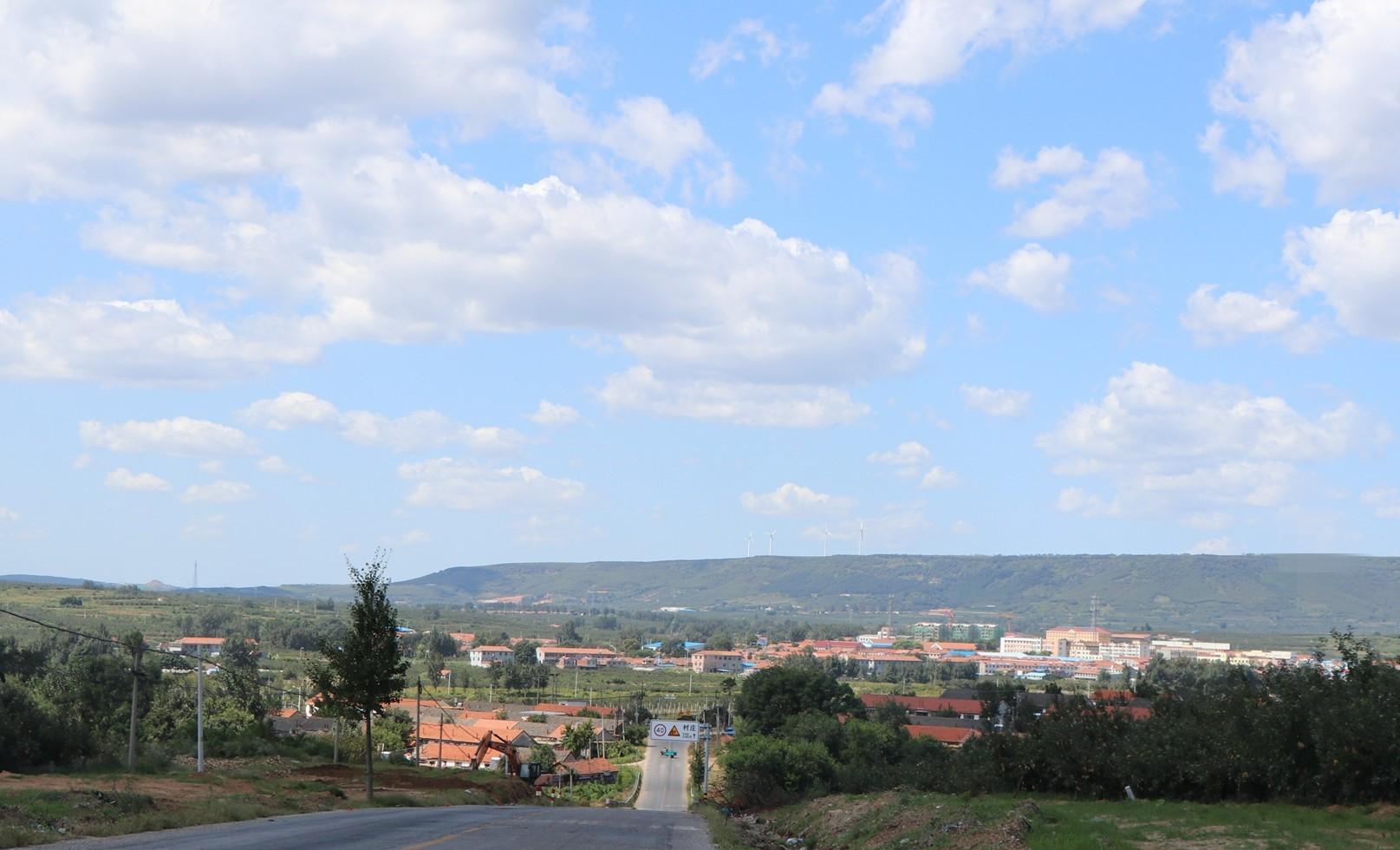Fangshan is a famous mountain in the south of Qixia. Among the eight ancient Qixia scenery, there is a scene here, called:"Fangshan Evening Market".
Famous mountains and many temples. Around Fangshan, there have also been many dojos, the more famous of which is the "Holy Water Temple".
"Sekisui-an" is famous not because of its architectural scale (dojos named after "An" are usually relatively small), but because there is a magical mountain spring next to it. The name "holy water" is derived from this.

The pronunciation of the sacred character is similar to that of the divine character, and the meaning is also similar, so it is also called "divine water" by the people. Correspondingly, "Sacred Water Temple" is also called "Sacred Water Temple". The fame of "Shenshui'an" is not limited to Qixia, but also in the neighboring Laiyang and Zhaoyuan, it is also known, and there is a record of Yi people donating funds to repair Shenshui'an in the Qing Dynasty's "Zhaoyuan County Chronicle".
The author has long heard the name of "Fangshan Shenshui", although he has climbed the mountain before, he has never visited the Holy Water Temple. It wasn't until recently that I went with my friends to have a look.
The square area of FangShan is very wide, but the altitude is not high. From Qiaojia Village in the south of the mountain, follow the main road, and it will not take long to reach the top of the mountain. The old site of the Holy Water Temple is in the middle of the road.
Although the navigation map is marked with the location of the Holy Water Temple, in order to ensure that it is correct, before visiting, we specially asked the elderly for advice in Qiaojia Village. They informed: the location was easy to find, right there to sell water.
The so-called "where the water is sold" is the place where the spring water of Fangshan mountain is sold. Due to the reputation of Fangshan Shenshui, and the price of sale is not high (a full bucket is a few dollars), therefore, near Qixia, Laiyang, as far as Yantai city, people come to buy water in an endless stream.
After confirming the location of the Sacred Water Temple, we followed the path and soon came there--it was the hillside below the water sales office, but we hadn't noticed it before.
When you come to the field, the site of the nunnery has long ceased to exist, and the foundation is difficult to identify, but the rocks around the spring source still have an old appearance, and there is still some feeling of hanging on the monument.
This spring is out of the cave, and although you can't see the clear water flowing outside, the sound of babbling is right in your ears. On the occasion of the cold winter, in the wilderness, I suddenly heard this sound, which was quite a sense of agility. I heard that this spring does not dry up in all seasons, and the name of "holy water" is mostly related to this.
In what dynasty was the "Holy Water Temple" first built? Who were the founding fathers? The author has not found any detailed records for the time being. Only from the old man of QiaoJia Village did I know that this was a nun's nunnery. The Temple of The Great Fan Palace generally has inscriptions. Unfortunately, in the 1960s and 1970s, the nunnery was demolished, and even if there was an inscription, there is no trace of it.
In the Qing Dynasty's "Chronicle of Qixia County", there is a poem written by He Si'ao of Qixia Zhixian during the Jiajing period of the Ming Dynasty, entitled: "DengshengShui'an", which infers that the Sacred Water Nunnery was established at least before this, but it is unknown what year it can be traced back.
"Dengsheng Shui'an" is a seven-word poem, a total of eight sentences before and after, although it has a mood, but the words are remote, the reading is not catchy, here will not be paraphrased in full, only quoting "the road climbing is dangerous and slippery, and the spring wall is light and white to practice flying". Because, from this description, everyone can vaguely feel the beauty of the spring at that time.
There is also a video taken on the edge of the holy water of Fangshan Mountain below to help friends who have not been there to have an intuitive feeling.
Video loading...